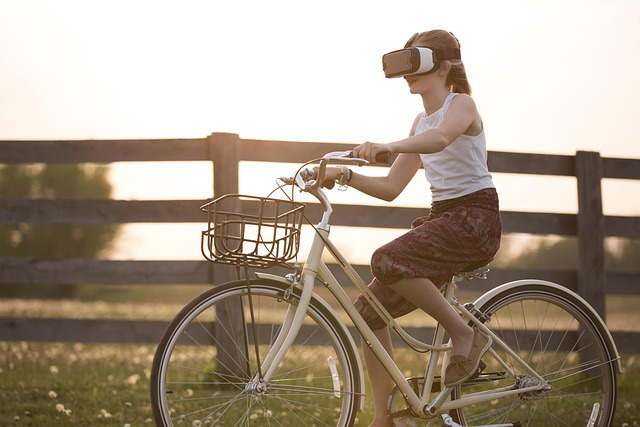Education has always been at the forefront of technology’s evolution, and today, we stand on the brink of a transformative revolution. Imagine stepping into the classroom of the future, where lessons are not confined to textbooks but are instead brought to life through virtual reality-based teaching materials. This cutting-edge approach to education merges the physical and digital worlds, creating immersive experiences that captivate students and foster deeper understanding.
Virtual reality (VR) has the power to transport learners to distant lands, historical events, and even intricate scientific environments—all from the comfort of their classroom. For instance, students can explore the depths of the ocean, walk through ancient civilizations, or even travel through time to witness key moments in history. This interactivity encourages students to engage not just as passive recipients of information, but as active participants in their learning journey.
Alongside virtual reality, augmented reality (AR) is also reshaping educational experiences. Unlike VR, which creates an entirely virtual environment, AR overlays digital information onto the real world. This means that while students gaze at a textbook illustration, they might also see 3D models come to life, offering a multi-dimensional understanding of the subject matter. Imagine a biology lesson where students can visualize the cellular structure right before their eyes, interacting with it in three dimensions, thus bridging the gap between theory and reality.
The concept of a metaverse—a collective virtual shared space, inclusive of augmented reality, virtual reality, and the internet—further enhances the educational landscape. In this interconnected universe, students from different parts of the world can come together, collaborating on projects and exploring ideas in real time. They can attend virtual lectures from esteemed educators, participate in global discussions, or even conduct joint research projects, tearing down geographical and societal barriers.
As we dive deeper into the potential of virtual reality-based teaching materials, we recognize that this technology is not merely an alternative method of instruction; it is a transformative force that prepares students for a rapidly changing world. It fosters critical skills such as creativity, problem-solving, and collaboration, which are essential for success in the 21st century.
However, it’s vital to acknowledge that the integration of VR and AR into education comes with its challenges. Access to technology, digital literacy, and the need for teacher training to effectively incorporate these tools into the classroom cannot be overlooked. Educators must be equipped with the knowledge and skills to guide students through these immersive experiences, ensuring that the lessons learned translate into real-world applications.
In embracing virtual reality-based teaching materials, we are not just enhancing the way we teach; we are redefining the entire landscape of education. As students engage with immersive content, they cultivate a passion for learning, sparking curiosity and igniting a lifelong love for knowledge. The classroom of tomorrow holds the promise of endless possibilities, where learning becomes an adventure rather than a chore, and where every student can explore the boundless frontiers of their imagination.
We are truly at a pivotal moment in education, as the fusion of technology and innovative teaching methods opens doors to a world of creativity and exploration. As educators, students, and society as a whole, we must embrace this future, ready to adapt and thrive in an environment transformed by virtual reality-based teaching materials.



